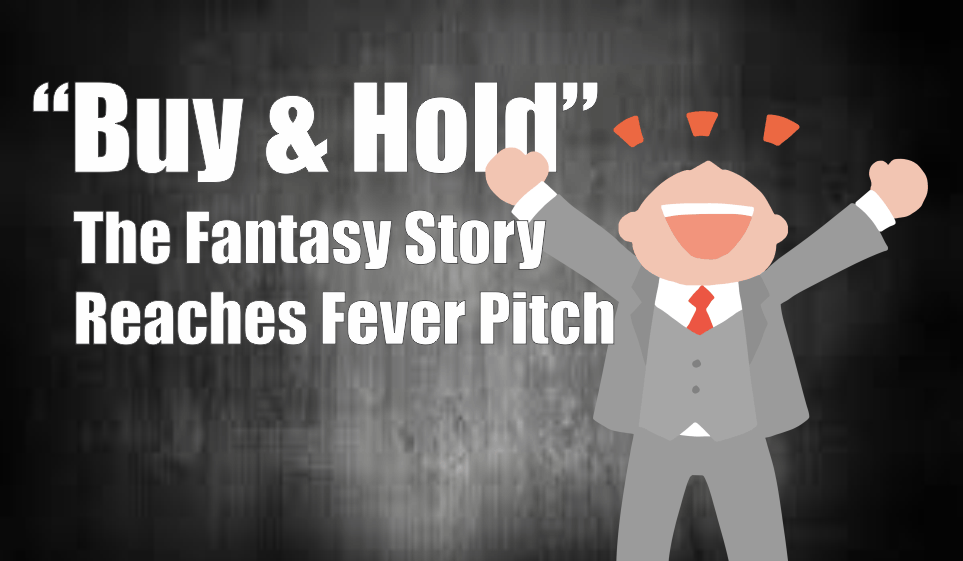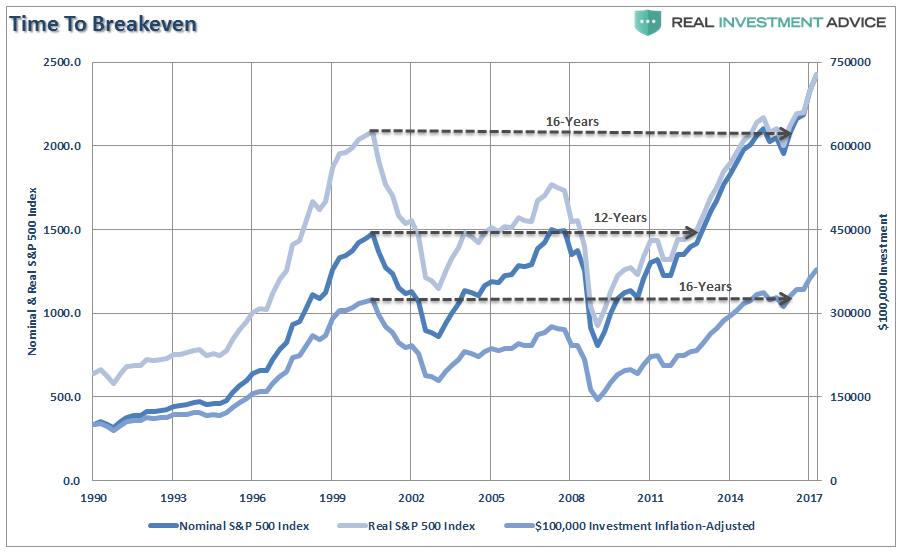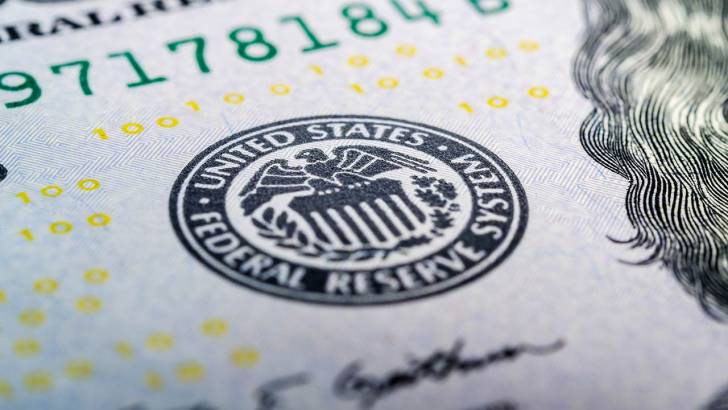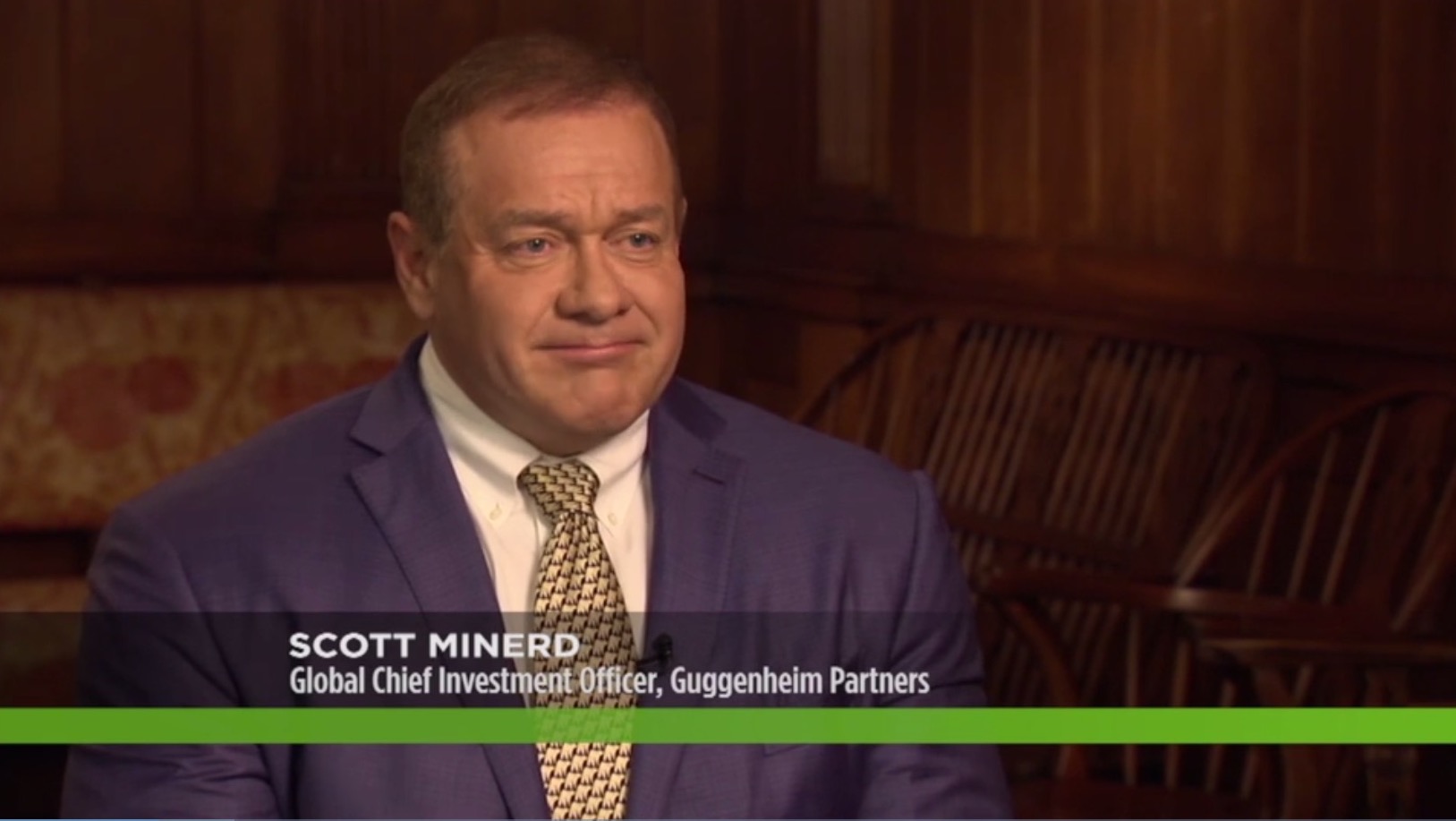by Richard Rosso, Clarity Financial
“Much of what passes for orthodoxy in economics and finance proves, on closer examination, to be shaky business.” The Misbehavior of Markets – by Benoit Mandelbrot & Richard L. Hudson.
I’m concerned at this juncture for the “buy-and-hold” zealots.
I know, and respect, many of the disciples. I mean, I really like these professionals, study their work, but I implore them, venture outside the capital-asset pricing modeling box on occasion. Volumes of academic research exist that showcase how risk management (yes, selling and building cash), or lessening the impact of the math of losses shortens precious time required to break even and move forward.
I don’t know about you but 12-16 years to get to back to where I was when I had less gray hair, appears to be more advantageous to Wall Street and the buy-and-hold fable than it does to my personal financial situation.
Yet, nothing deters this group. Time means nothing. It’s rarely discussed.
Listen, even Jack Bogle, founder of the temple – The Vanguard Group, the Jim Jones of the philosophy, has shared the news that stocks are “fairly-valued.” You see, “over-valued,” would have been too much of a stretch even though stocks are clearly such when the curtains of guesstimates are stripped away and financial alchemy is not considered.
Amazingly, Mr. Bogle did drop the “S” word, or “sell,” recently. Although as the exemplar of the buy-and-hold dogma, he warned that selling is never an all-or-none decision. You know, this I believe is a valid point.
Question: Why does this group believe investors are so dumb? In 28 years I’ve met a handful of investors who sold everything. Most of them bailed, went completely out of the market in 2007 (excellent timing), however, they never returned to stocks. Frankly, the market could deliver 50% compounded returns a year and they still won’t be back. They’re gone, gone, gone.
I’m chastened to inform you of those I encounter who have yet to recover from the tech bubble of 2000 (how many years have gone by? Count them. You’ll need a couple of hands and most of your toes), because brokers had them hold on although their portfolios were powder kegs of risk loaded underneath with dangerous concentrations in technology stocks disguised as diversification.
Unfortunately, these “professionals” tried to apply the buy-and-hold mantra round peg in a square and blew up people’s lives.
So, as professionals cop out with an exclusive buy-and-hold preach in your face, what they really mean is: “you’re just not smart enough to figure it out.” I call BS.
I have greater faith in individual investors than I do most professionals, especially through late-stage market sprints.
Every time I peruse the buy-and hold commentaries I feel like I’m watching the ugliest graduating couple making out on the dance floor on prom night. I mean it’s tough to look away however, I’m also wondering if these people understand how they appear to the poor saps who mistrust the stock market and don’t exactly share their blissful display.
It must be passive through-and-through or die because a discussion that introduces even the slightest degree of skepticism; forbidden words uttered like “there’s gotta be a better way,” gets one immediately blasphemed as a market timer. MT gets scarlet inked on your forehead.
Or worse, you’re permanently deemed a “perma-bear,” a “doomsday-er,” because you seek out and incorporate alternative opinions, some that admonish you against sitting at the lunch table with the popular kids.
Frankly, I was never wired to be popular with the mainstream. I study my craft and attempt to do the right things from a fiduciary perspective for those who require financial guidance. The people who meet with me regularly can attest to the fact. That’s the reward.
I sleep better at nights. No impossible sales quotas or hamster wheel I need to run until my paws bleed. I never deal with the never-ending stress of job loss. I lived that miserable existence as “Vice-President,” Financial Consultant at Charles Schwab long enough to jeopardize my health. By the way, everybody is a VP over there and it means absolutely nothing to you as a customer.
The “setters and forgetters,” live to wet their lips and whistle defiantly in your face – “Silly investor, you can’t time the market,” as if professionals and investors who challenge their beliefs are ignorant and uniformed. I mean – what about the transaction costs (on gains), the taxes (on gains). Gains. So horrible.
You know, the navigators who favor going down with the ship; they’re absolutely convinced investors must sink along with them.
Let’s be clear: Nobody is timing markets. It cannot be done effectively in the long-term although bouts of luck may arise. Unfortunately, long-term bull markets breed overweening stock jocks.
As we write at Real Investment Advice, risk management isn’t an all-or-none proposition. Risk management is a reasonable, achievable task to expect from a money manager. Crazy talk. I know. I speak heresy. Read: 15 Risk Management Rules for Every Investor.
Please understand those with a blind belief that markets perpetually go higher (and they do, especially if you invest for a century), are passionate, sincere; they walk the talk, drink their own elixir. They’re genuinely excited and emboldened to take a bullet in the balance sheet and exude untold praise on fellow members. I guess bloodletting wealth deserves respect and awe. I think it does, too!
They admire your financial and time sacrifice to the cause.
Convincing words, piles of academic studies and mined data from big-box financial retailers in pretty packages make it easy to share convincing stories to push stocks. Hopefully, investors who spend a majority of their time and money getting back to even remain comforted by the narratives.
I’m nonplussed by the appeal of buy-and-hold to the purists. I truly envy them.
It seems to be a “What Me Worry?” kind of existence. There seems to be an eerie comfort to throwing money into a black hole of overvalued investments and hoping that it transforms into a white light of wealth 20 years down the road (even if it’s a very dim bulb). I truly wish I could be convinced that a blind buy-and-hold fable is truth.
Listen, I passionately want investors to achieve returns and exceed their financial life benchmarks or goals; it’s good for me too. I also would like to minimize the damage from bears. Is that too much to ask?
At Real Investment Advice we think it’s one of a money manager’s primary responsibilities.
So, let’s kick the tires a bit, shall we? Shake things up.
Buy-and-hold at the core wrapped in rules of risk management is a healthy, long-term strategy to build and protect wealth.
If you’re completely out of the market for an extended period, I mean zilch, zero, then stock investing may not be appropriate for you. Hey, it isn’t for everyone, especially today when the flood of central bank liquidity, algos (the robots), blind hope of tax reform with just a hint of synchronized global economic growth, extend stock valuations to 31x. Take heart – Even seasoned investors are questioning how much longer this bull can run.
Do a quick gut check – Realize that an allocation of 10-20% to domestic and international stocks can drop 40% on average in bear markets. Investors fail to realize that diversifying between foreign and U.S. stocks doesn’t manage the risk they care about most – risk of principal loss.
Let’s say your retirement plan balance is $90,000. In a conservative allocation, $18,000 (20%), may be allocated to stocks. If a bear cycle takes the stock balance down to $10,800 and makes you a bit queasy, then certainly the market doesn’t fit into your overall investment philosophy.
If you do have the intestinal fortitude to maintain an allocation to stocks, your financial partner is a buy-and-hold zealot (highly likely), and you haven’t taken profits (a tenet of risk management) or rebalanced this year, then there’s a great opportunity to do so now while stocks ride the euphoric phase of the bull. It’s acceptable to maintain additional cash as much as buy-and-hold purists abhor cash. Read: The Real Value of Cash.
You’re not the ‘idiot’ who sells at the bottom just because you adhere to rules of risk management.
Granted, investors can be their worst emotional enemies. If risk management rules are employed as an integration to an overall investment process, then selling at the very bottom may be avoided. From my experience, the dumbest actions of those who did sell at the bottom in March 2009, rest almost solely on their brokers.
You see, if financial professionals would have empathized with their clients and took enough (any) action to preserve capital as clients were calling with concern in late 2007, maybe, just maybe, those distressed investors wouldn’t have sold out of everything pretty much at the bottom.
The advice “not to worry, markets always come back,” regurgitated repeatedly did nothing to allay concerns; frankly hollow words made brokers appear as if they employed market blinders or were in a state of denial. They appeared ignorant, not aware of the severity of the crisis.
I listened enough to begin surgically trimming positions (I explained to clients we sought to take a scalpel, not a machete to reducing stock exposure in portfolios), and was proactive to sell clients out of a Charles Schwab bond fund described as “stable in price,” an “alternative to cash,” in November 2007 when the mutual fund share price was doing nothing but faltering.
Although Schwab portfolio management assured us in the field repeatedly that there was “nothing wrong with the fund,” and it wasn’t suffering mass redemptions, it did eventually go bust and Schwab was held accountable for lack of oversight.
Unfortunately, the company got off easy as the settlement with the SEC was nothing but a financial slap on the wrist when the fund held $13.5 billion at its peak. You tell me this stuff isn’t rigged? I believe differently. I always will.
Proactive behavior allowed me to maintain a semblance of stock ownership and then begin to increase exposure through the summer of 2009. I deemed it buy-and-hold with a “protective twist.”
If your broker isn’t actively listening and is discounting concerns, it’s time to replace him or her. Answers received should be thorough and backed by analysis, preferably delivered face-to-face.
If you must invest today, consider dollar-cost averaging.
Usually, dollar-cost averaging where you add a fixed dollar amount to variable investments on a regular schedule, underperforms value or lump-sum investing. Unless the cyclically adjusted price-to-earnings ratio or CAPE exceeds 18.6 (today, it exceeds 31).
An impressive analysis and paper by Jon M. Luskin, CFP® for the Journal of Financial Planning titled “Dollar-Cost Averaging Using the CAPE Ratio: An Identifiable Trend Influencing Outperformance,” outlines how investment periods with a CAPE greater than 18.6 is beneficial to dollar-cost averaging with investment returns .45% greater than lump-sum investing.
The other side of the coin of buy-and-hold isn’t active trading.
Cop out. Lame excuse. I can’t be clearer. Not only are you branded a ‘bear’ if you employ a sell discipline, it appears that the buy-and-hold purists can’t think outside of extremes. They tend to associate selling with active trading. It’s a clever ploy designed to avoid the conversation or even the thought of a sell process. It’s just impossible.
Not it isn’t. And it isn’t active trading either. Active trading isn’t going to generate returns, just activity. Plus, if you consider that trades are $4.95 at most big-box financial retailers, transaction costs aren’t as great a concern as they once were.
For years, the investment industry has tried to scare clients into staying fully invested in the stock market, no matter how high stocks go or what’s going on in the economy. Investors are repeatedly warned that doing anything otherwise is simply foolish because “you can’t time the market.”
Here’s why per Lance Roberts:
“Wall Street firms, despite what the media advertising tells you, are businesses. As a business, their job is to develop and deliver products to investors in whatever form investor appetites demand…Wall Street is always happy to provide ‘products’ to the consumers they serve.
As Wall Street quickly figured out that it was far more lucrative to collect ongoing fees rather than a one-time trading commission…The mutual fund business was booming, and business was ‘brisk’ on Wall Street as profits surged.”
I’ll add:
Frankly, it’s too much work. Financial experts are primarily peddlers of managed products. They’re hired to regurgitate sell-side biased data mined from their employer’s research department. What they’re implying is they’re too busy meeting sales goals to consider risk management (they way you define it as an investor), important.
Simple moving average crossovers or some form of price movement analysis can at least help investors minimize the impact of portfolio losses. It isn’t rocket science, folks! Read: A Simple Method of Risk Management.
The fault of adhering to a pure roll over and die, buy and hold process, lies directly with a financial pro, not you. What they’re implying is they’re too busy meeting sales goals to incorporate a selling process, important.
I’ll tell you from experience that maintaining the discipline for hundreds of clients is a necessary challenge.
If your financial partner fails to employ a sell discipline, then consider whether you want to handle your own investments or begin interviewing those who share your philosophy.
If you are a buy-and-hold purist, you don’t require a money manager. You can place your money in Vanguard Managed Portfolios for .30% (much less than your professional charges to do the same thing), and consult with a Certified Financial Planner who charges by the hour to create a comprehensive financial plan to complement money management.
*****
Richard Rosso is the Head of Financial Planning for Clarity Financial. He is also a contributing editor to the “Real Investment Advice” website and published author of “Random Thoughts Of A Money Muse.” Follow Richard on Twitter.Copyright © Clarity Financial
















